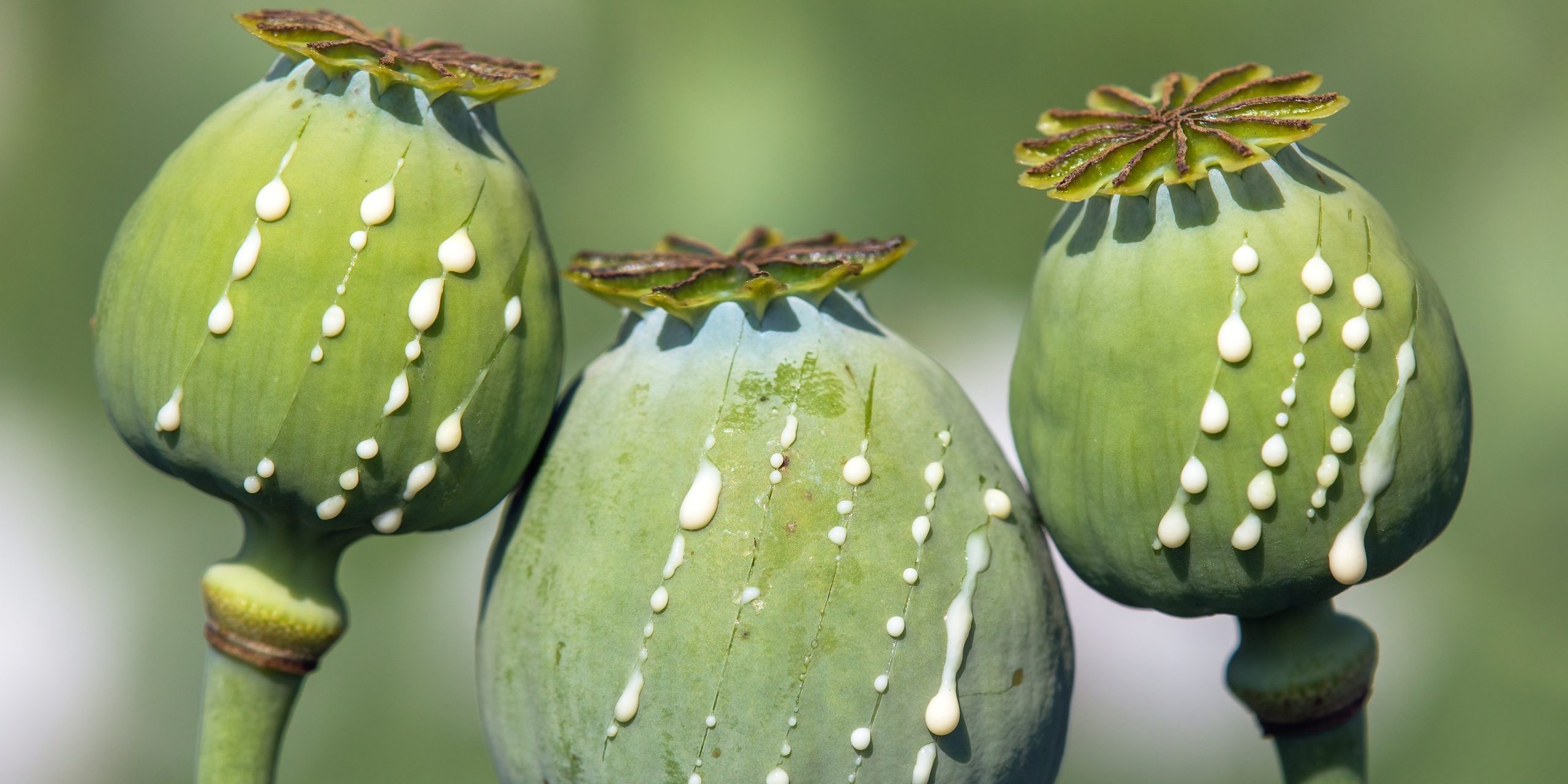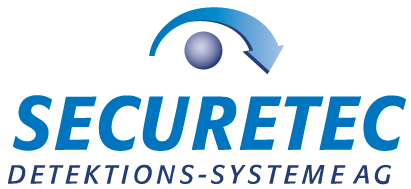
New challenges
In Europe, heroin is still responsible for the majority of opioid-related deaths and remains the most commonly consumed illegal opioid. However, the structures and challenges associated with the heroin scene have changed.
For many people, heroin addiction calls to mind the image of dishevelled, emaciated junkies. And these are certainly still to be found. However, the heroin scene has evolved and there are now many heroin addicts who do not fit this stereotype.
The number of young people starting to abuse the drug is in decline. Today, many heroin users belong to the older generation, many of whom lead normal everyday lives while hiding a secret dependency. As a result, medical and social services need to be geared towards users who have age-related health problems in addition to suffering the ill effects of drug abuse. These addicts are also more difficult to detect in screening tests. Increasing numbers of specialised rehabilitation clinics are being established for this target group, offering anonymous heroin addiction treatment for managers, celebrities and VIPs. And it is precisely this group of users who present
everyday risks to public safety – when driving, at work and during their free time. Time and again, drivers who have consumed heroin are found to zig-zag across lanes, be excessively fatigued to the point of apathy, display erratic behaviour including nervousness and restlessness, and exhibit a general slowing down of thinking processes and physical movement.
Because of these symptoms, using heroin also presents a hazard in the workplace and socially. Increasing numbers of users are suff ering broken bones due to falling while under the influence. And the same problems are caused by the severe withdrawal symptoms, which can begin just 6 to 8 hours after last use. Heroin causes physical harm in the form of permanent damage to the brain and liver, as well as gastrointestinal disorders. Injecting the drug with dirty needles poses a constant risk of developing abscesses and of contracting hepatitis or AIDS. Most deaths are caused by respiratory paralysis as a result of an overdose.



Reliable heroin detection with the DrugWipe rapid screening test –
just ask, we’re always happy to help.
Sources:
EMCDDA European Monitoring Centre for Drug an Drug Addiction, Lissabon; Wikipedia https://de.wikipedia.org/wiki/Heroin; Bundeszentrale für gesundheitliche Aufklärung (BZgA), Köln, www.drugcom.de; Deutscher Verkehrsicherheitsrat e.V., Berlin, https://drogen.dvr.de; BADS Bund gegen Alkohol und Drogen im Straßenverkehr e.V., Hamburg, www.bads.de; DHS Deutsche Hauptstelle für Suchtfragen e.V., Hamm, www.dhs.de; Sucht Schweiz, CH-Lausanne, www.suchtschweiz.ch; Statista GmbH, Hamburg, https://de.statista.com
Image sources:
Securetec AG; Adobe Stock 111025234, 604849015, 359657379



